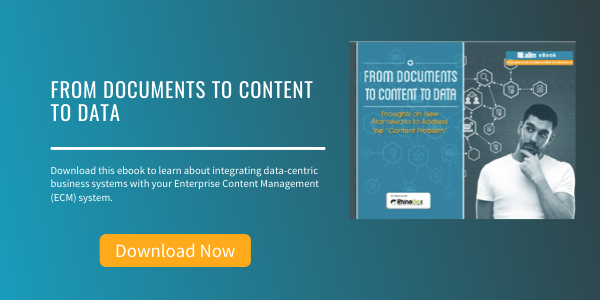
8 Tools to Protect the Data Flowing through Your MFP
Recent news coverage has spurred a renewed interest in copier security, how multifunction printers (MFPs) process, store and shield sensitive data and what professionals can do to protect their companies. Investigative reports have questioned how information stored in an MFP’s hard drive may be accessible to would-be identity thieves and others. As with any high-tech tool, understanding the available security options that pertain to the machine will help to keep your information safe.
Features and tools that help protect data on MFPs and should be considered as part of your security measures include:
Tools To Protect The Data Flowing Through Your MFP
1. Image Overwrite
The image overwrite feature electronically “shreds” information stored on the hard disk(s) of devices as part of routine job processing. The electronic erasing can be performed automatically when each print job is completed or started manually, as needed.
2. Network Authentication and Authorization
Access to scan, email, and fax features can be restricted by verifying network user names and passwords in network directories prior to the use of these functions. Access permissions can be controlled on a per-user and per-service basis while being managed centrally at the network domain controller. Additionally, all activity is closely monitored and recorded in a security audit log.
3. Internal Firewall and Fax/Network Separation
MFPs should include a firewall to prevent unauthorized access to your system through the network connection. Unprotected fax connections in MFPs can be an open back door into the network, so it’s important that your machine provides complete separation of the telephone line and network fax connection.
4. Secure Print
Jobs are safely stored at the MFP until the owner responsible for the document enters a personal number to release them. This controls unauthorized viewing of documents sent to the printer.
5. Encryption.
State-of-the-art encryption ensures all data that is traveling in and out of the MFP is unreadable. In addition, all data stored within the machine’s hard drive is encrypted. This makes files indecipherable to prying eyes.
6. Scan and Fax Forward
Paper is the least secure way to manage information. Users should look to scan and digitally store documents in a trackable, secure format to reduce paper use. Fax forward to email helps limit the amount of paper left sitting in a machine.
7. Secure Access ID Systems
With the use of personalized smart cards, users can program their MFPs to accommodate their specific preferences. For example, with one secure swipe of an ID card, your MFP can quickly adjust the touch-screen interface to accommodate your personal preferences, increasing ease of use, while keeping confidential information secure. Print jobs can also be sent to a virtual print queue and using a swipe card, and the print job can be retrieved from the most convenient MFP. This ensures prints are kept confidential, and no documents are left waiting in the machine. Jobs that are never retrieved can be automatically deleted after a pre-determined amount of time.
8. Hard Drive Removal
Some manufacturers offer options for removal of the hard drive before the MFP is disposed of or turned in after a lease. While the owner of the MFP is ultimately responsible for their data, it’s important to choose a vendor that will help you understand the risks associated with returning used machines with data stored on the hard drive. Many vendors will provide recommendations on the most effective way to rid the hard drive of information. Before disposing of old equipment, check the manufacturer’s product documentation to understand how to wipe the machine.
Businesses should work with their vendors to identify their specific security needs – determine where information resides, how it is transferred, and detect the greatest areas of risk. Your print vendor can help personalize the specific security features that are most important to your individual business needs, to protect your information and keep confidential documents safe and secure.
About John Mancini
John Mancini is the President of Content Results, LLC and the Past President of AIIM. He is a well-known author, speaker, and advisor on information management, digital transformation and intelligent automation. John is a frequent keynote speaker and author of more than 30 eBooks on a variety of topics. He can be found on Twitter, LinkedIn and Facebook as jmancini77. Recent keynote topics include: The Stairway to Digital Transformation Navigating Disruptive Waters — 4 Things You Need to Know to Build Your Digital Transformation Strategy Getting Ahead of the Digital Transformation Curve Viewing Information Management Through a New Lens Digital Disruption: 6 Strategies to Avoid Being “Blockbustered” Specialties: Keynote speaker and writer on AI, RPA, intelligent Information Management, Intelligent Automation and Digital Transformation. Consensus-building with Boards to create strategic focus, action, and accountability. Extensive public speaking and public relations work Conversant and experienced in major technology issues and trends. Expert on inbound and content marketing, particularly in an association environment and on the Hubspot platform. John is a Phi Beta Kappa graduate of the College of William and Mary, and holds an M.A. in Public Policy from the Woodrow Wilson School at Princeton University.



